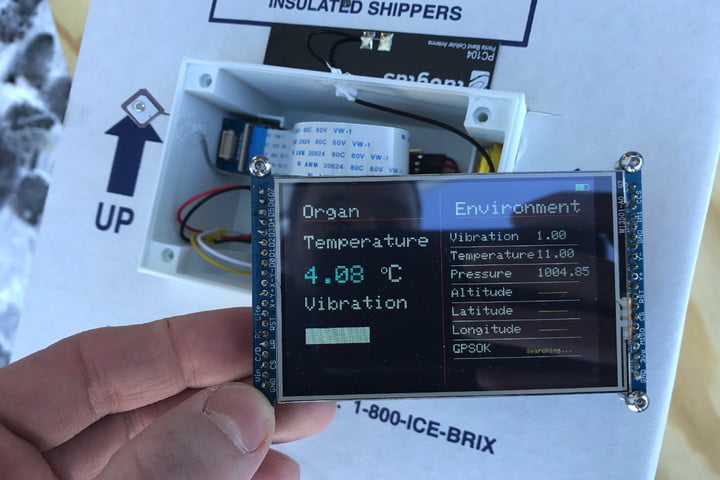We keep hearing that, any day now, drones will be making our Amazon deliveries, dropping off that pair of sneakers, those earbuds we couldn’t live another day without. In truth, most of our consumer purchases are “nice to haves”. If a package gets caught in traffic, no big deal. But there are circumstances where time is so critical that bottlenecks and tie ups must be avoided. One of those is in the medical arena, where getting a device, or drugs, or even an organ ASAP can be a matter of life and death – and where drones can come in very handy.
Last month, the University of Maryland Medical Center took part in a demonstration of the viability of using a drone to deliver a kidney for transplant.
Researchers at the University of Maryland Medical Center, where the operation took place, said the demonstration shows the potential of unmanned aircraft systems for providing organ deliveries that, in many cases, can be “faster, safer, and more widely available than traditional transport methods.” (Source: Digital Trends)
This wasn’t an actual emergency situation, but the transplant operation was a real one. And the concept was proven.
Using a drone to deliver a pair of sneakers or earbuds is no big deal. The goods aren’t all that fragile of complex. Not so with human organs.
Last fall, well in advance of the demonstration flight:

… investigators from the University of Maryland put a kidney in a cooler and flew it on test flights underneath a DJI M600 Pro drone. To find out exactly what happened during the course of the journey, they developed a dedicated organ-monitoring wireless biosensor to measure temperature, barometric pressure, altitude, vibration, and GPS position. (Source: Digital Trends)
The kidney passed with flying colors, remaining stable during the test flight “and actually experienced fewer vibrations than when being transported in a fixed wing plane. Analysis after the flight revealed no damage had taken place either.”
Fast forward to the demonstration with a kidney headed for someone’s body. In this case, it was that of a 44 year-old woman from Baltimore. The surgery was successful, and the patient went home with her new, drone-delivered kidney up and running.
This was a short hop: the kidney only had to be transported 3 miles. That means it will work in urban situations. In the longer run, the hope is to use them for longer hauls. This will reduce or eliminate reliance on commercial flight schedules to get an organ from Point A to Point B, or on expensive private transportation. Not to mention eliminating the requirement that medical personnel accompany the organ. So drone transport of organs will make those organs more readily available, but may cut costs as well.
I’ve said it before, and I’ll say it again: one of the things that makes me most proud is being part of an industry that has such great potential for saving lives.
